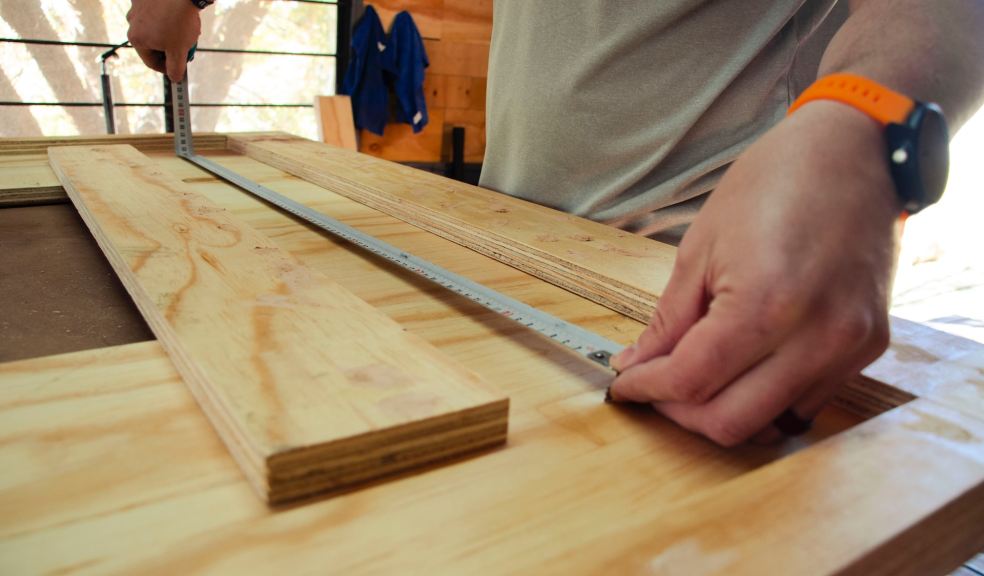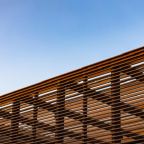
Top 4 Essential DIY Materials for Home Improvement (2022)
There comes a time in every homeowner’s life when they’ll need to make some home improvements. Whether that is something as simple as replacing a kitchen cabinet door to something more extensive like building a new fence, all these projects will require high-quality DIY materials.
When finding and buying DIY materials, you’ll need to take into consideration the source of any timber you’ll be using (and if it is sustainable), how much the materials will cost, what materials work best for internal and external use, as well as specialised materials for specific tasks.
In this article, we are going to give you a rundown of essential materials for DIY, no matter how extensive your project is.
Sawn Timber
Sawn timber is necessary no matter the project you’ll be working on. Cut to standard sizes such as:
- 10x38mm
- 19x38mm
- 22x100mm
- 47x50mm
And more, you’ll need to identify what sizes of timber will best suit your project requirements. For example, 10x38mm and 19x38mm are ideal for battens or small DIY furnishing projects like making a wooden spice rack.
In contrast, larger sections of sawn timber, like 22x100mm or 22x150mm, are closer to what you’d consider wooden planks. These are versatile options as they will allow you to cut to size a section of wood you need for your home improvement project.
Most sawn timber will be treated and suitable for external use, but it is always best practice to double-check with your timber merchant.
For the sawn timber that is treated, it’ll usually have been pressure treated to protect against fungal and insect attack, meaning that it will still need a coat of paint to help defend against moisture if you use it externally.
Finished Timber
Finished timber is the kind of timber used where aesthetics is hugely important, as this kind of timber has been cut and finished with a smooth appearance, and this is in contrast to sawn timber, with is rough and coarse.
Most finished timber will be ideal for joinery and internal use, with sizes such as:
- 12x145mm
- 12x45mm
- 16x70mm
- 20x145mm
- 45x45mm
And a whole range of different sizes and dimensions. It isn’t uncommon for finished timber to come with designs as a product. A prime example of this is skirting boards that may have neat lines or grooves ‘finished’ onto them – meaning they look great and are easy to install. You won’t need to perform the carpentry yourself.
Great finished timber products to look out for are any redwood products, as redwood tends to be easier to work with than whitewood or other finished timber alternatives.
CLS or Strength Graded Timber
CLS (or Canadian Lumber Standard) timber is a very common type of timber used to construct houses and buildings. CLS is good for construction due to the fact that all CLS is strength graded to either be C16 or C24 graded.
C24 is the stronger of the two, and this type of timber is ideal for internal construction, for example, creating internal or partition walls. It is to be noted that other C grades exist (such as C14), but C16 and C24 are the most common.
Another key factor that differentiates CLS timber from sawn or finished timber is that it is regularised and has rounded edges. This keeps each piece of CLS identical in shape and dimensions to the next – making construction far easier.
Common sizes of CLS timber are:
- 38x65mm
- 38x139mm
- 38x89mm
If you have a project requiring your timber to hold significant weight or load bear, it is always best to consult a professional and buy CLS timber of a specific strength grade.
Performance Plywood
For those with a more extensive home improvement project, purchasing sheet materials such as performance plywood may be needed.
Performance plywood is exceptionally well-rounded and suitable for a whole host of different applications. This is because performance plywood is moisture-resistant and strength graded for use in all construction projects (be it walls, floors, you name it).
Plywood that is performance graded is usually graded for external use. It is always best practice to read into the glue classification and the service class of a piece of plywood if you plan on using it for an outdoor application.
For the outdoors, it should have the following:
- Class 3 (exterior conditions) grade for its glue
- EN636-3 Service class (for exterior conditions)
For internal use, plywood such as softwood or hardwood plywood is ideal.
In Summary
If you are new to DIY, it is pivotal that you source the right materials and that you source your materials from ethical suppliers. This means only buying timber products, and DIY materials that you know are sustainable.
We hope this has given you some insight into the DIY world! If in doubt, always consult a professional.











